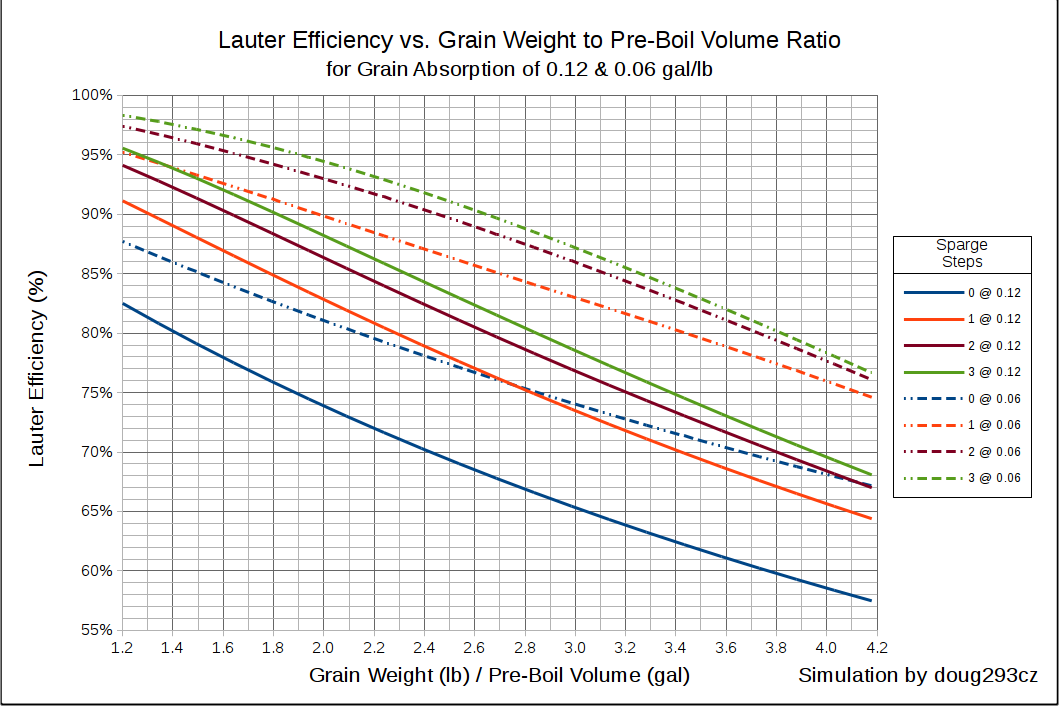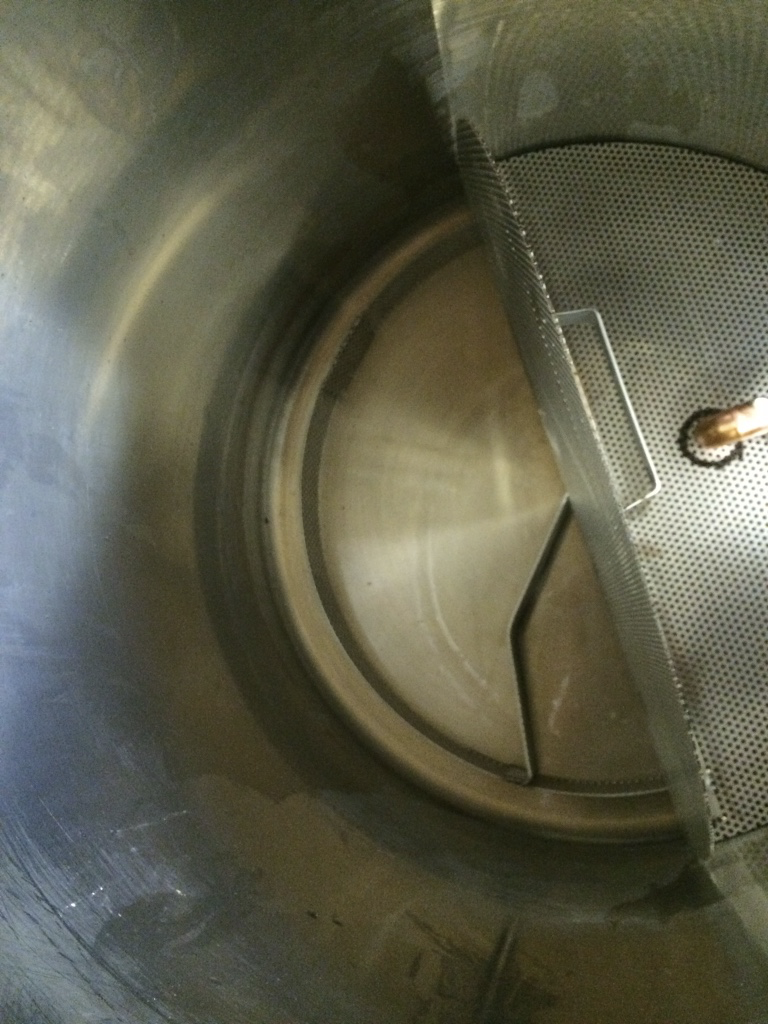It certainly exists and is becoming more common at the nano scale because Chinese companies are cranking out cheap turnkey versions which in turn decreases build out time and costs for smaller operations.
But its still the minority commercially.
But it's less ideal at larger sizes. More effort or reinforcement needed to hoist. And far less efficiency for vessel space, ingredient usage, and time/labor (continuous brewing) than traditional systems.
Beyond nano scale, tradititional 2 vessel (mlt and bk/wp), and at full production scale at least 3 but usually 4 vessel (mash tun, lauter tun, boil kettle, whirlpool, with potential multiples of each) will remain the norm.
The new advancements being developed commercially (membrane mash filters, sluicing runoff, etc) are far more likely to become the norm than BIAB ever will.
I think BIAB will remain a homebrew setup (or small scale by homebrewer turned pro).
And that's fine. Lots of things don't translate well.

















































![Craft A Brew - Safale S-04 Dry Yeast - Fermentis - English Ale Dry Yeast - For English and American Ales and Hard Apple Ciders - Ingredients for Home Brewing - Beer Making Supplies - [1 Pack]](https://m.media-amazon.com/images/I/41fVGNh6JfL._SL500_.jpg)









